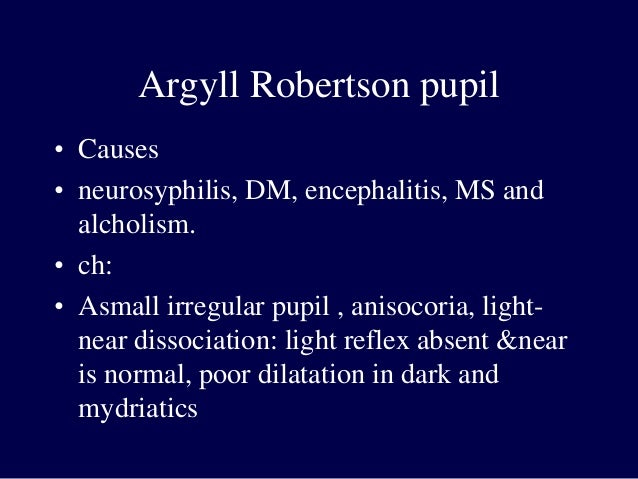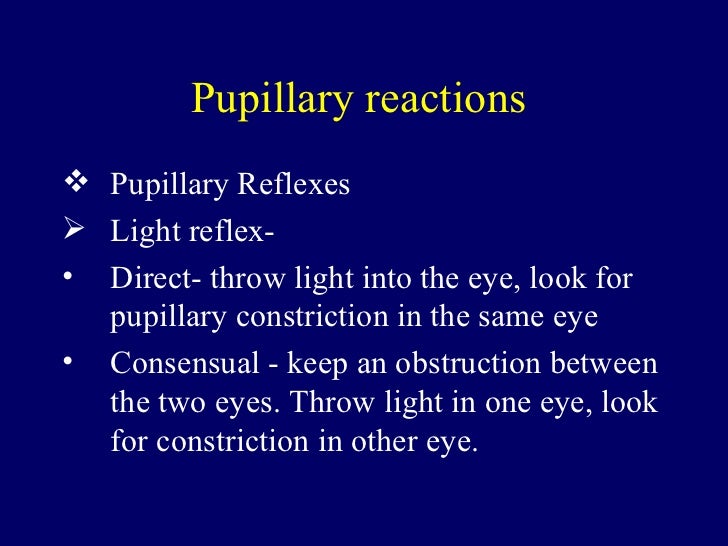
In summary, clinicians should be aware that the RAPD can be tested in any patient who has two eyes and at least one working pupil. In this instance, the left pupil should be watched the whole time the examination is conducted to identify if there is an RAPD. įigure 2 shows the swinging flashlight test in a patient with a right RAPD and a non reactive right pupil. Some clinicians may neglect to check for a RAPD by reverse testing because they are misled by to believe that the fixed and dilated pupil precludes assessment of that pupil’s afferent response. However, if this same patient with a CN III palsy also has an RAPD (by reverse testing) then the localization of the lesion moves from the posterior communicating artery to the orbital apex. In this setting, a CN III palsy is potentially life threatening and urgent vascular imaging (e.g., computed tomography (CT) and CT angiogram of the brain) may be necessary. For example, in a patient with a cranial nerve (CN) III palsy with a dilated pupil, one of the main diagnostic considerations is possible aneurysm of the posterior communicating artery (PComm). In fact however BOTH pupils dilate in every RAPD but in the reverse RAPD the clinician will be observing the dilation of the unaffected rather than the affected pupil (in the setting of a patient with both an afferent and efferent pupillary defect).Ī reverse RAPD should be evaluated in every patient with an efferent pupillary defect. This finding is present in every RAPD but most examiners are used to only observing the affected pupil during the swinging flashlight test. Reverse RAPD, or reverse testing for RAPD, utilizes the swinging flashlight test while evaluating the normal, unaffected pupil for dilation. Where one eye has an efferent pupillary defect (e.g., iris posterior synechiae, trauma, third nerve palsy, or pharmacological mydriasis), a ‘reverse RAPD’ test can be employed. Testing for a RAPD requires two eyes, but only one functioning pupil.


2.2 Lesions of the Retina/Posterior SegmentĪ relative afferent pupillary defect (RAPD) also known as a Marcus Gunn pupil, is a critically important ophthalmological examination finding that defines a defect ( pathology) in the pupil pathway on the afferent side.2.1 Lesions of the Anterior Optic Pathway.


 0 kommentar(er)
0 kommentar(er)
